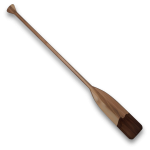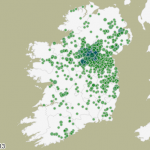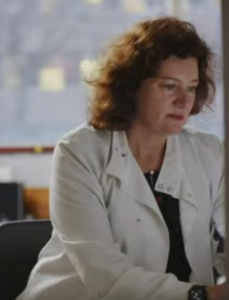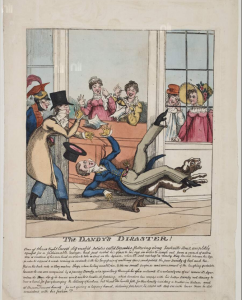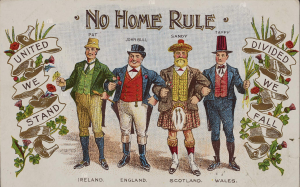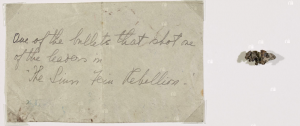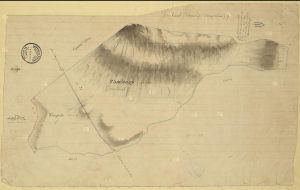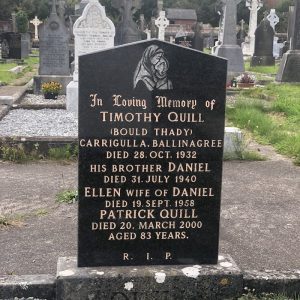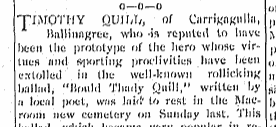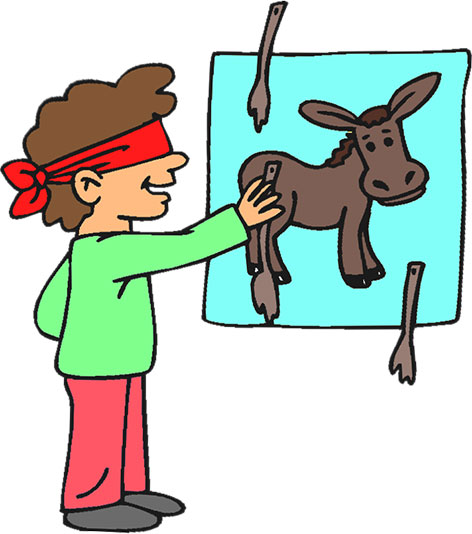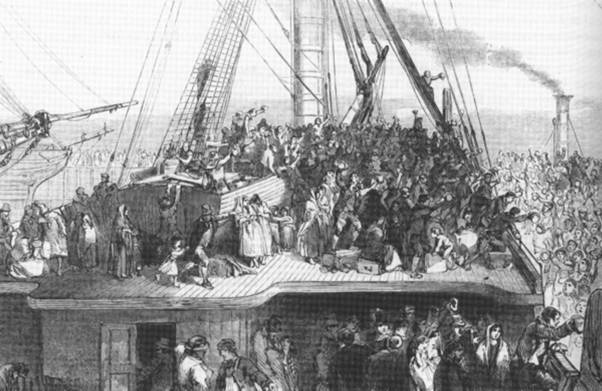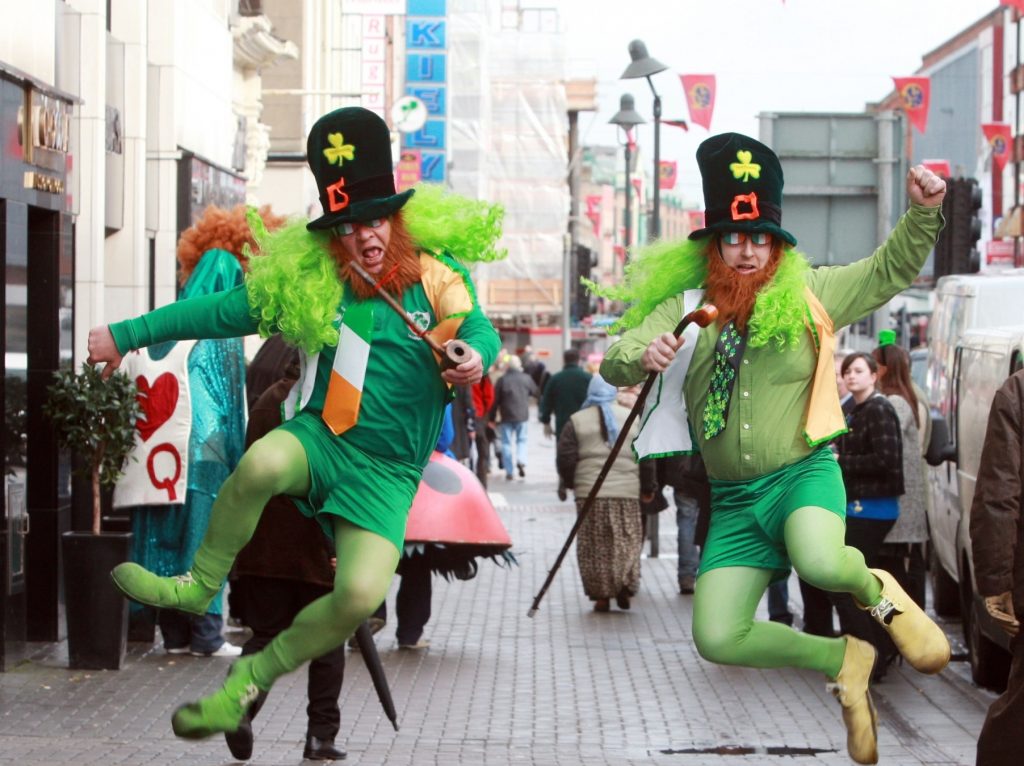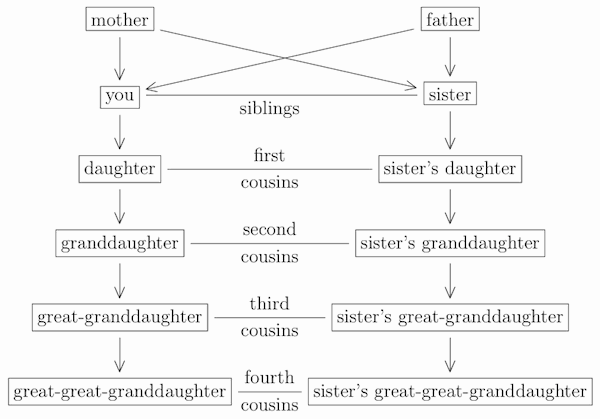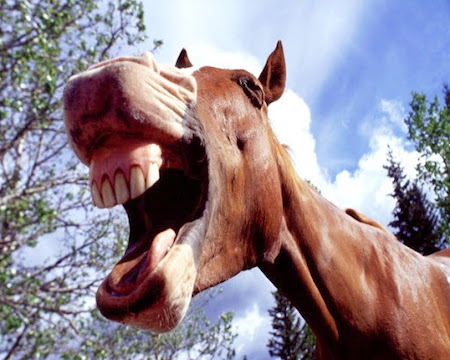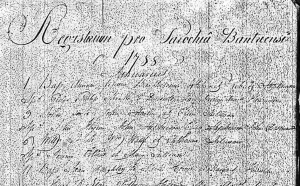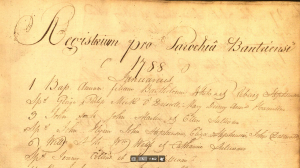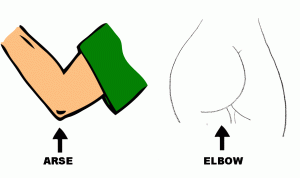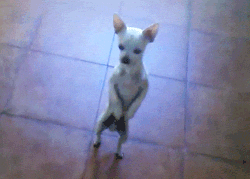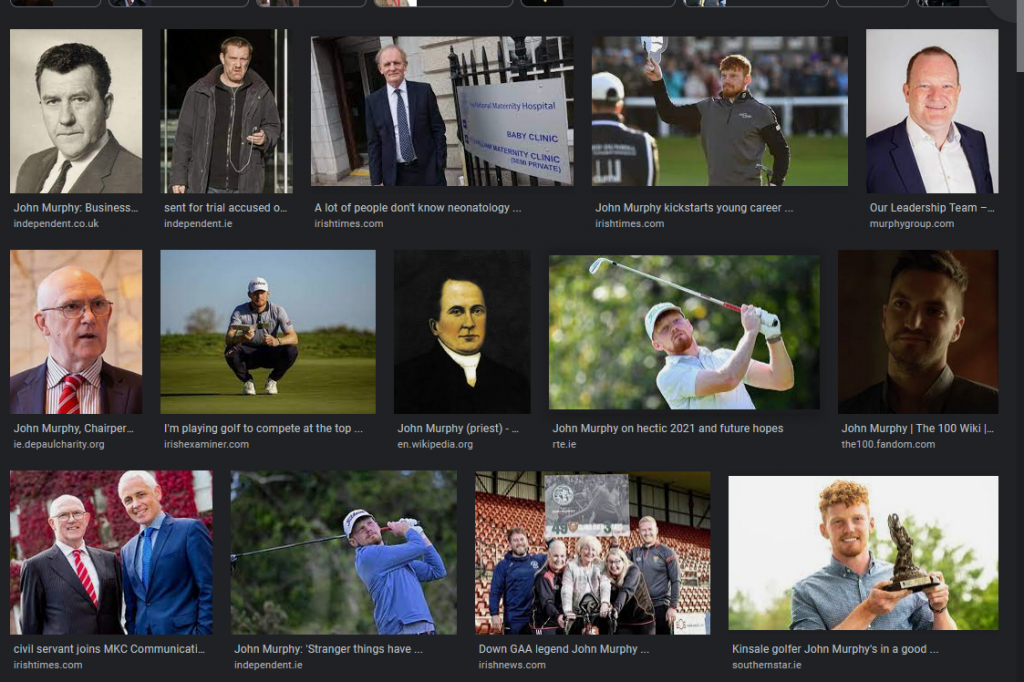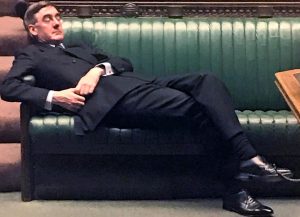| County |
Parish |
Comment |
| ANTRIM |
Ahoghill |
Rootsireland lists baptisms from 1844 but they actually start in 1864. Elsewhere baptisms are recorded from 1833. |
|
Ballymoney |
Rootsireland has eight years of marriages not found elsewhere. |
| ARMAGH |
Ballymacnab |
Rootsireland has 25 years of early baptisms missed by NLI |
|
Derrynoose |
Rootsireland has 17 years of early baptisms missed by NLI |
| CAVAN |
Moybologue |
The earliest NLI baptismal register is 40 years before the Rootsireland transcript |
| CORK |
Aghada |
Rootsireland has an 18th-century baptismal register missed by NLI |
|
Glounthane |
The local parish has records almost 50 years earlier than NLI |
|
Newmarket |
NLI has 13 years of early baptisms missing from Rootsireland |
|
Shandrum |
Rootsireland has two 18th-century registers missed by NLI |
|
Cork city: St. Mary’s |
The only transcripts are by Ancestry and FindMyPast from NLI microfilm |
| DONEGAL |
Kilbarron |
NLI has 5 years of early baptisms missed by the LDS and Rootsireland |
| DUBLIN |
Artane, Coolock, Clontarf, Santry |
No NLI microfilm. Rootsireland from 1777 |
|
Ballybrack |
No NLI microfilm. Rootsireland baptisms from 1841 |
|
Bohernabreena |
No NLI microfilm. IrishGenealogy baptisms from 1868 |
|
Dublin city: St. Michael and John’s |
Earlier baptism register on IrishGenealogy |
|
Naul |
No NLI microfilm. Rootsireland records from 1832 |
|
Sandyford |
Earlier baptismal register on IrishGenealogy |
| GALWAY |
Cappataggle |
Rootsireland has an 18th-century baptismal register missed by NLI |
|
St. Nicholas (Galway city) |
NLI has 17th and 18th-century fragments missed by Roostireland |
|
Killascobe |
Rootsireland (and the LDS) have a very early fragmentary register missed by NLI |
|
Loughrea |
Rootsireland has an early baptismal register missed by NLI |
|
Moycullen |
NLI has 4 early baptismal and marriage registers missed by Rootsireland |
|
Rahoon |
Rootsireland has an early baptismal register missed by NLI |
| KERRY |
Killorglin |
No NLI microfilm. Transcribed from 1798 on IrishGenealogy. |
|
Dingle |
Baptisms 1828-1837 missing from IrishGenealogy, covered by NLI |
|
Moyvane |
25 years of early baptism and marriage records on IrishGenealogy, missing from NLI |
|
Sneem |
Early baptism and marriage records on IrishGenealogy, missing from NLI |
| KILDARE |
Athy |
Rootsireland has an 18th-century baptismal register missed by NLI |
|
Ballymore Eustace |
NLI has an earlier baptismal register |
|
Clane (Rathcoffey) |
NLI has several earlier registers than Rootsireland |
|
Kill |
Several early registers on Rootsireland (and Ancestry) not covered by NLI |
| KILKENNY |
Ballycallan |
Earlier baptismal and marriage registers on Rootsireland |
|
Graignamanagh |
Earlier baptismal register on Rootsireland |
|
Kilkenny city: St. John’s |
Earlier baptismal and marriage registers on Rootsireland |
|
Kilmacow |
Earlier baptismal register on Rootsireland |
|
Mullinavat |
Earlier baptismal register on Rootsireland |
|
Galmoy |
Earlier baptismal register on NLI |
| LAOIS (QUEEN’S) |
Mayo and Doonane |
Earlier baptismal and marriage registers on Rootsireland |
| LEITRIM |
Bornacoola |
Earlier baptismal register on Rootsireland |
|
Kiltoghart |
Rootsireland include records of Kiltoghart-Murhan missing from NLI |
|
Oughteragh |
Earlier baptismal register on Rootsireland |
| LIMERICK |
Bruff, Grange and Gilnogra |
Rootsireland has an 18th-century baptismal register missed by NLI |
|
Feenagh |
Earlier baptismal register on Rootsireland |
|
Limerick city: St. Patrick’s |
Earlier baptismal and marriage registers on Rootsireland |
|
Monagea |
Earlier baptismal register on Rootsireland |
| LONDONDERRY |
Ballinascreen (Draperstown) |
NLI has 2 early baptism and marriage registers missed by PRONI and Rootsireland |
|
Tamlaghtard |
Rootsireland has an early baptismal register missed by NLI |
| LOUTH |
Dunleer |
Much earlier baptismal registers on Rootsireland |
|
Togher |
Rootsireland includes baptisms and marriages 1829-1868 missing from NLI |
| MAYO |
Backs |
Several early registers on Rootsireland (and Ancestry) not covered by NLI |
|
Ballycastle |
Earlier baptismal register on Rootsireland |
|
Burrishoole |
Earlier baptismal register on Rootsireland |
|
Crossboyne and Taugheen |
Earlier baptismal and marriage registers on Rootsireland |
|
Kilbeagh |
Earlier baptismal register on Rootsireland |
|
Kilcommon Erris |
No NLI microfilm. Transcribed from 1860 on Rootsireland |
|
Kilvine |
No NLI microfilm. Transcribed from 1870 on Rootsireland |
|
Tourmakeady |
Earlier baptismal and marriage registers on Rootsireland |
| MEATH |
Donymore (Curraha) |
Earlier baptismal register on NLI |
|
Kildalkey |
No NLI microfilm. Transcribed from 1782 on Rootsireland |
| MONAGHAN |
Donaghmoyne |
Earlier baptismal and marriage registers on Rootsireland |
|
Killanny |
Earlier baptismal register on NLI |
| OFFALY |
Aghancon |
Much earlier baptismal and marriage registers on Rootsireland |
|
Lusmagh |
Earlier baptismal fragment on NLI |
|
Tullamore |
Earlier baptismal fragment on NLI |
| ROSCOMMON |
Oran |
No NLI microfilm. Rootsireland from 1865 |
|
Roscommon and Kilteevan |
Earlier baptismal register on Rootsireland |
| SLIGO |
Castleconnor |
Earlier baptismal and marriage registers on Rootsireland |
|
Geevagh |
Earlier baptismal register on Rootsireland |
|
Sligo: St. John’s |
Earlier baptismal, marriage and burial registers on Rootsireland |
| TYRONE |
Dungannon |
Rootsireland has an early baptismal register missed by NLI |
| WATERFORD |
Aglish |
Earlier baptismal register on Rootsireland |
|
Ardmore |
Earlier baptismal register on Rootsireland |
|
Clonmel: Ss Peter and Paul |
NLI has earlier marriage registers |
|
Killea |
Earlier baptismal register on Rootsireland |
|
Modeligo |
Earlier baptismal and marriage registers on Rootsireland |
|
Stradbally |
Earlier baptismal register on Rootsireland |
|
Waterford city: Ballybricken |
Earlier marriage register on Rootsireland |
|
Waterford city: St. John’s |
Earlier baptismal and marriage registers on NLI |
|
Waterford city: St. Patrick’s and St. Olaf’s |
Earlier baptismal and marriage registers on Rootsireland |
| WESTMEATH |
Nougheval |
No NLI microfilm. Rootsireland from 1857 |
| WICKLOW |
Arklow |
Earlier baptismal fragment on NLI |
|
Blessington |
Earlier baptismal and marriage registers at Rootsireland |
|
Roundwood |
Earlier baptismal register on Rootsireland. Earlier marriage register on NLI |
|
|
|
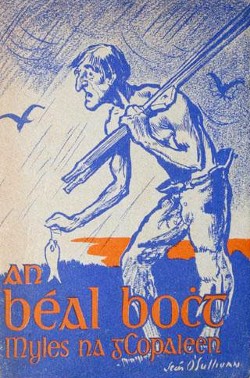 The teacher demands, in English: “Phwat is yer nam?” The response, in Irish, begins: “Bonaparte, son of Michelangelo, son of Peter, son of Owen, son of Thomas’s Sarah, grand-daughter of John’s Mary, grand-daughter of James, son of Dermot.” Whereupon the teacher calls him to the front of the class, hits him over the head with an oar and screams: “Yer nam is Jams O’Donnell!”
The teacher demands, in English: “Phwat is yer nam?” The response, in Irish, begins: “Bonaparte, son of Michelangelo, son of Peter, son of Owen, son of Thomas’s Sarah, grand-daughter of John’s Mary, grand-daughter of James, son of Dermot.” Whereupon the teacher calls him to the front of the class, hits him over the head with an oar and screams: “Yer nam is Jams O’Donnell!”